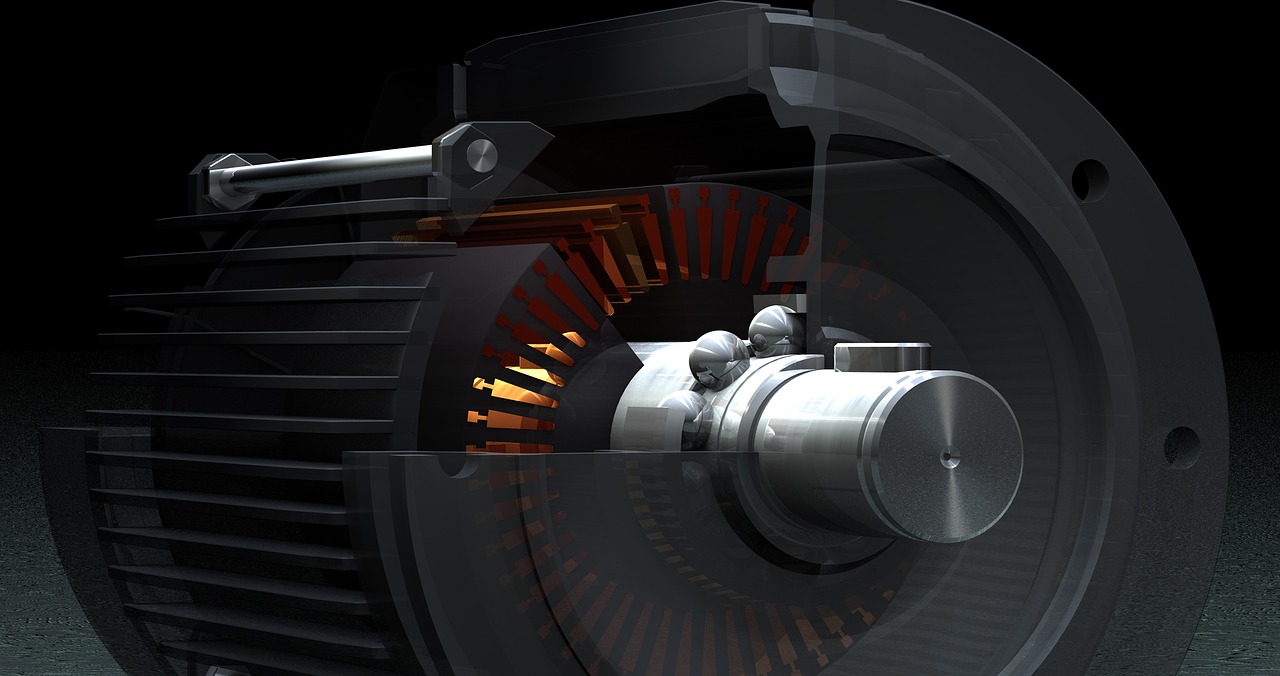A Beginner’s Guide to Product Manufacturing Options in 2019
Looking to start making your own product? It’s a great way to differentiate yourself from your competition and start making a real different for your business.
If you’ve been running your own Shopify store or other e-commerce venture for a while (or another type of business), you’re probably already used to selling other people’s products. You can still make money that way, but if you really want to take a leap into the upper echelons of the business world, you might want to start creating your own physical products.
Creating your own products can be daunting, and you might not even know where to start. After all, buying something someone else has made and selling it on for a profit is how most businesses like yours work. But that doesn’t mean it’s the best way. So if you’ve got some original product ideas and really want to start making the most of your business, you might have decided to start your own production. What do you do next? In this article, we’re going to look at how to get it done, along with some of the issues you might face along the way. So, where do you start?
1. Come up with a quality prototype
Before you can start creating your product on a large-scale, you need a prototype. This needs to be something manufacturers can look at and give you a good idea of how much it might cost to scale production, but it also needs to be something that works for you and your customers.
The prototype creation process shouldn’t be something you rush. Do extensive research into your customer base both before and after you come up with a prototype. When you think you’ve got something that works, take it out and show people and get their opinions. Be ready to make small tweaks of even wholesale changes. Market research is an important step in your prototype creation phase. After all, you need to come up with something people are going to buy, or there isn’t much point making your own product.
Look at how and why people will be using your product and what advantages it has over the competition.
2. Apply for patents
You don’t want to start releasing products to the public if you’ve got specific design ideas that can be stolen. Have a look at your intellectual property rights and make sure anything unique or innovative you’ve come up with is fully protected. You can get legal help to assist you with this, in the form of a patent lawyer or similar. They’ll take care of the application and process for you.
3. Start your search for a manufacturer
This shouldn’t be a step you take lightly. Your decision here will have a huge impact on how well your product is made and what it costs. These factors will play a huge role in how successful this business venture will be, so take care. Have a look at manufacturers who have created similar products before or who have specific expertise in your area. Ask for a range of competitive quotes and always be prepared to walk away. You might want to consider looking for more innovative processes like laser drilling.
One big decision you might have to make is whether to get your product manufactured overseas or not. China and other parts of Asia are extremely popular when it comes to product manufacturing. There will be factories ready to go at short notice and highly competitive rates. Some of the benefits of manufacturing abroad will often be associated with cost. It’s normally cheaper to manufacture abroad, and that’s why it’s a popular option.
However, some businesses still decide to keep the manufacturing process local to them. Yes, it might be more expensive, but you’ll be able to receive the finished product without waiting for shipping and you’ll also be able to visit the factory more regularly and have a more direct role in overseeing production. In some industries, actually having something manufactured locally can actually add something to your brand and make people more likely to buy it, and for a higher price.
Make sure you visit potential factories a few times, unannounced if you can. This will give you a better idea of what the place is like on a day to day basis rather than when they’re expecting a visitor. Test their process by getting them to build a few products first on a short run. Don’t sign up to a lengthy contract unless you know they’re the right choice.
4. Look carefully into sourcing
The factory you choose might be able to help you with this, but it’s a good idea to come up with your own supply chain for the materials and other parts you will be using to create your products. That way you can keep a closer handle on both the cost and the quality of the materials that go into your finished product.
You’ll probably want to source goods that are close to where your items are being manufactured, to save on shipping and other associated costs.
5. Don’t build too much stock at the start
When you’ve sourced your materials, got a good prototype and found a manufacturer, then next step is to start manufacturing. One important point to remember is that you should avoid creating too much stock at the start or holding a big inventory of unsold products. Start selling as soon as you can and only order another run of production when you know you’ve got a popular product.
Try and get shorter lead times from your factory and only build products as and when you need them. Many businesses make the mistake of over-estimating how popular their product will be at the start and simply building too many, leaving them lots of stock with nowhere for it to go. Don’t make that mistake.
Hopefully, you’ve seen how you can take your e-commerce store to the next level by building your own products. Start with these simple tips, and it should be a success for you.

